What exactly is dysgraphia? Find out about the four common forms of dysgraphia and what treatment options are available.
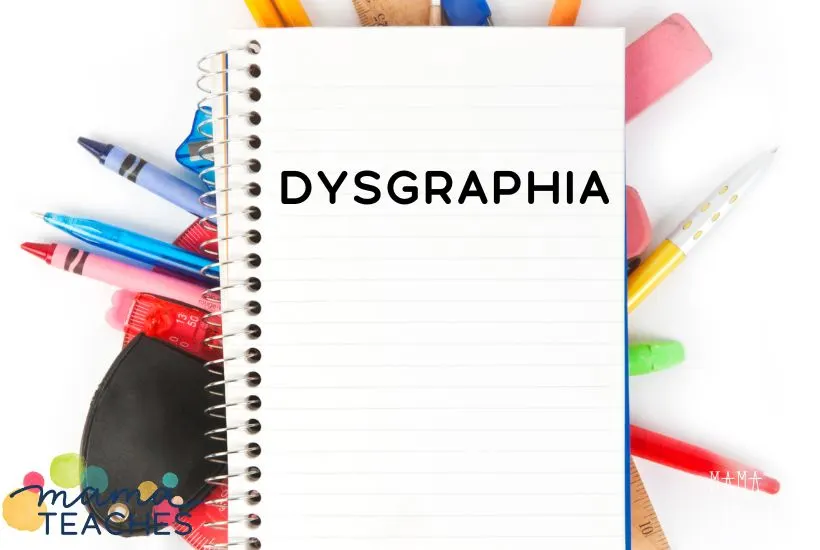
What Is Dysgraphia?
Dysgraphia is a brain-based learning disability that affects a person’s ability to write and their fine motor skills.
Just because someone has messy handwriting does not mean they have dysgraphia.
Although it is a brain-based disorder, it does not indicate poor intelligence and has nothing to do with effort level.
What Does Dysgraphia Look Like?
There are four common forms of dysgraphia, and each looks a bit different:
Dyslexic Dysgraphia
Dyslexia and dysgraphia are two separate learning disabilities, so this name is misleading.
Someone with dyslexic dysgraphia has difficulty spontaneously forming letters.
The letters may appear backward, misshapen, or poorly spaced.
When they copy letters, their appearance is much improved and their other fine-motor activities are unaffected.
It does not affect their ability to read (unless they also have a diagnosis of dyslexia).
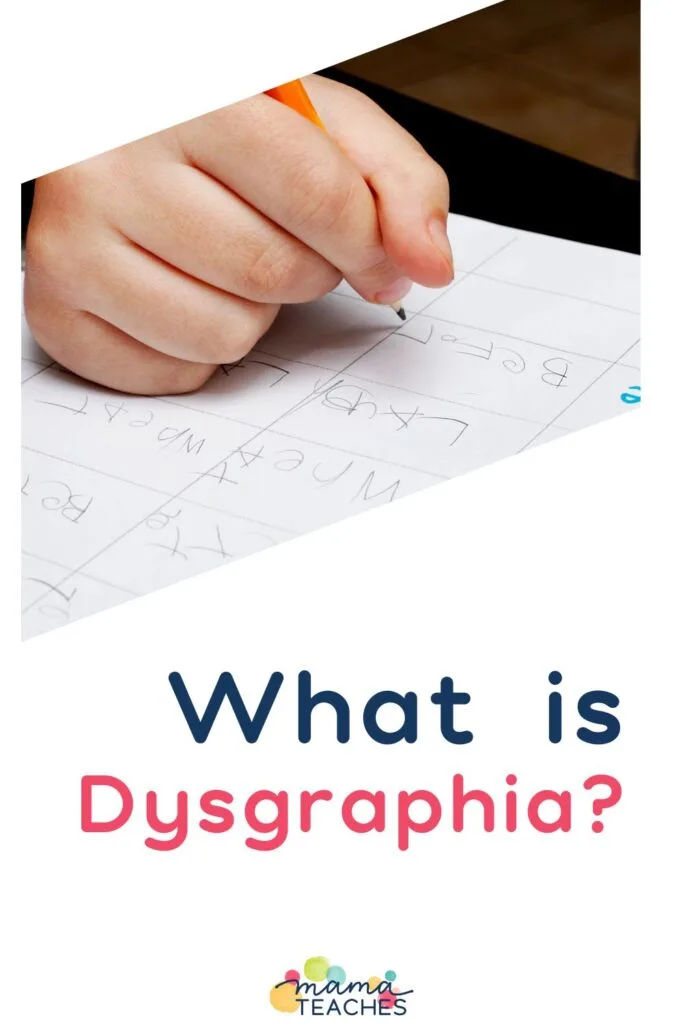
Motor Dysgraphia
Motor dysgraphia is difficulty with multiple fine motor tasks.
A person’s pencil grip may be poor, and they may have poor muscle tone and dexterity.
These things affect the person’s physical ability to write.
Letters may be messy or misshapen (even when copying), and their pencil lines could vary from too light and too dark.
Spatial Dysgraphia
Someone with spatial dysgraphia can have unaffected spelling and other fine motor skills, but they struggle with the ability to write spontaneously or from copy work.
Since this disability has to do with visual-spatial skills, the letters and words are often improperly or inconsistently placed.
The person will also have difficulty keeping words on a line.
Phonological Dysgraphia
This disorder has to do with tieing phonemes to sound and holding those phonemes in memory while a new word is being written.
A person with phonological dysgraphia has difficulty writing unfamiliar words, although they may be fine writing familiar words.
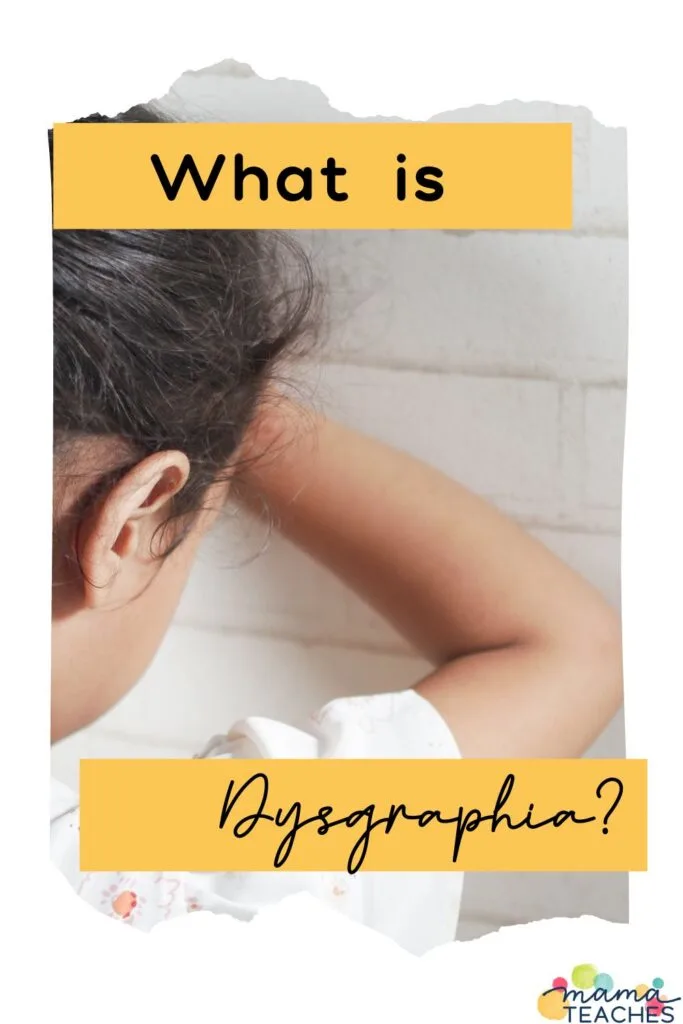
Dysgraphia Treatment
Dysgraphia is a lifelong brain difference that can be managed with different types of treatment options.
There are three general ways to manage it, and most people use a combination of all three.
Accommodations
An accommodation is an alternative or assistance to handwritten expression.
You can use voice-to-text technology, typing, pencil grips, extra time, graph paper, and graphic organizers (and those are just a few examples).
Modifications
Modifications involve changing the task or the expectations so the written component is reduced.
You can reduce the length of written assignments, switch to tests that utilize multiple choice instead of short answer questions, and remove the spelling/grammar grading requirement for certain assignments.
Remediation
Remediation means providing specific instruction in handwriting and writing skills.
In general, these activities are overseen by occupational therapists.
These exercises involve increasing the mind-body connection (with cross-body and proprioceptive exercises), using multisensory activities to stimulate and engage the brain (like writing in wet sand or forming letters in playdough), and eye-scanning, tracking, and visual discrimination.
If physical strengthening is required, remediation may involve hand therapies and exercises.
If sentence construction is an issue, you may need to involve a speech and language therapist to work on grammar, spelling, and thought formation.
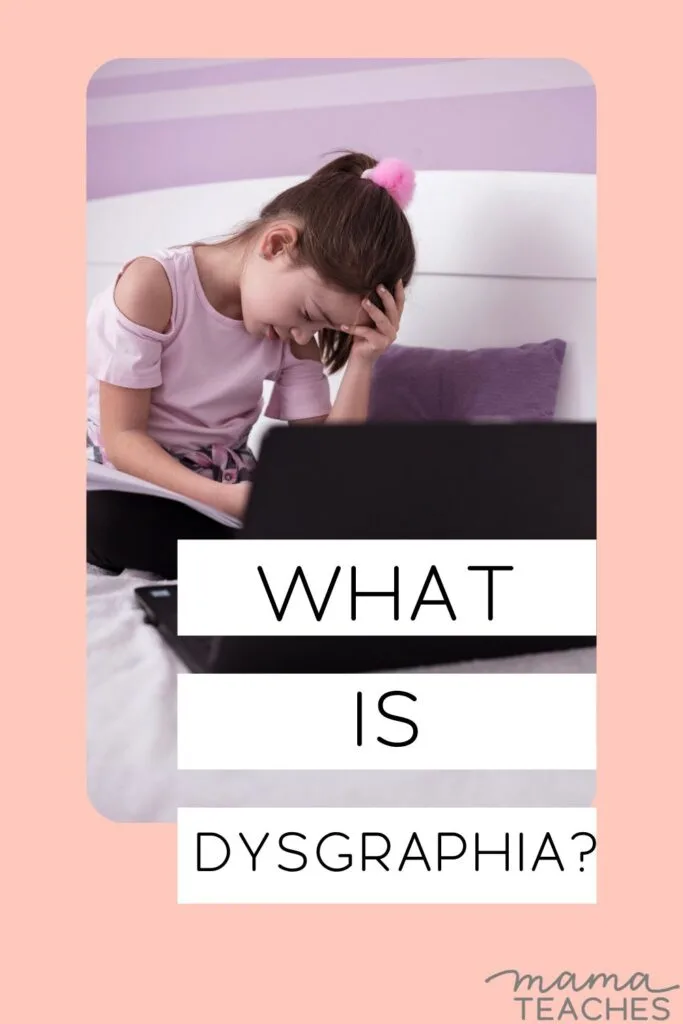
Dysgraphia in Adults
Many adults struggle with dysgraphia but have developed coping strategies to effectively manage it.
Thankfully, technology has made it possible to work around the demand for handwritten expression.
Adults with dysgraphia may rely on speech-to-text technology, audio recordings of meetings or lectures, and photos of written content or PowerPoint slides.
Co-Occurring Disorders
Dysgraphia can occur alongside other disorders such as ADHD, ADD, or ASD (autism spectrum disorder).
Anxiety can also occur at the same time as dysgraphia.
It is important to diagnose all conditions, so you can draw up the most effective treatment plan.
When you address co-occurring conditions, it can reduce the stress on the person and even improve some of the symptoms of dysgraphia.
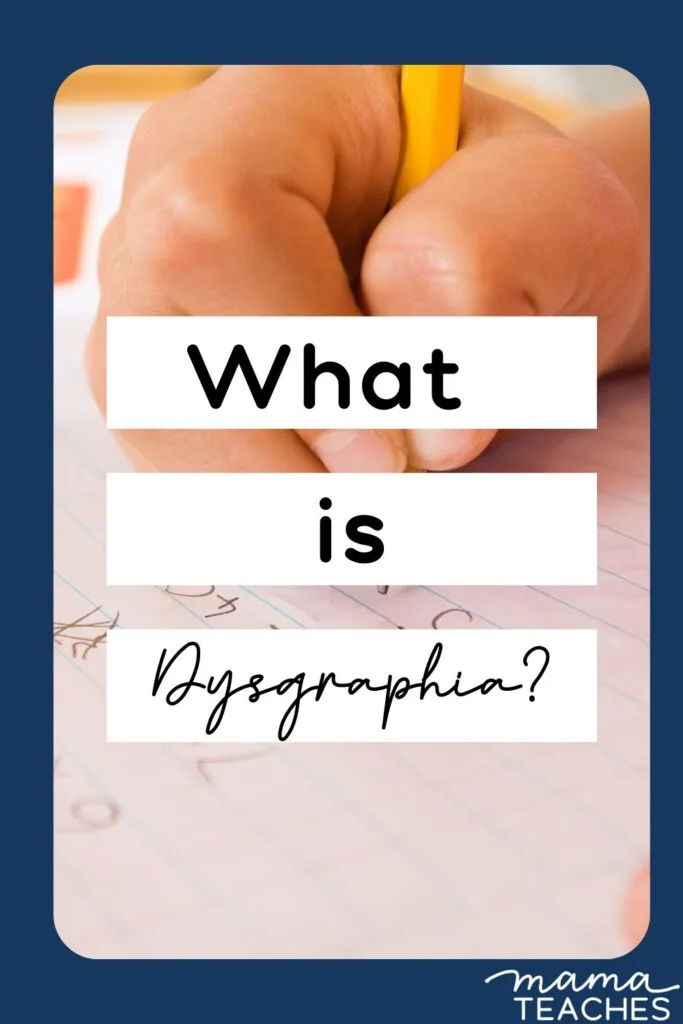
Dysgraphia Definition
A person with dysgraphia has difficulty with writing.
They could have difficulty forming letters, spacing them properly, and staying on the line.
They may also have difficulty spelling and writing unfamiliar words.
Their fine-motor abilities may be lacking; you may observe poor pencil grip or difficulty with other fine motor tasks like tying shoelaces.
When you look at their writing, words may be omitted or left incomplete.
It is important to receive a formal diagnosis for dysgraphia (and any other co-occurring learning or attention disorders), so you can craft the best treatment plan.
Remediation and therapies can help a great deal, and accommodations are simple and effective in managing dysgraphia as a student and adult.
